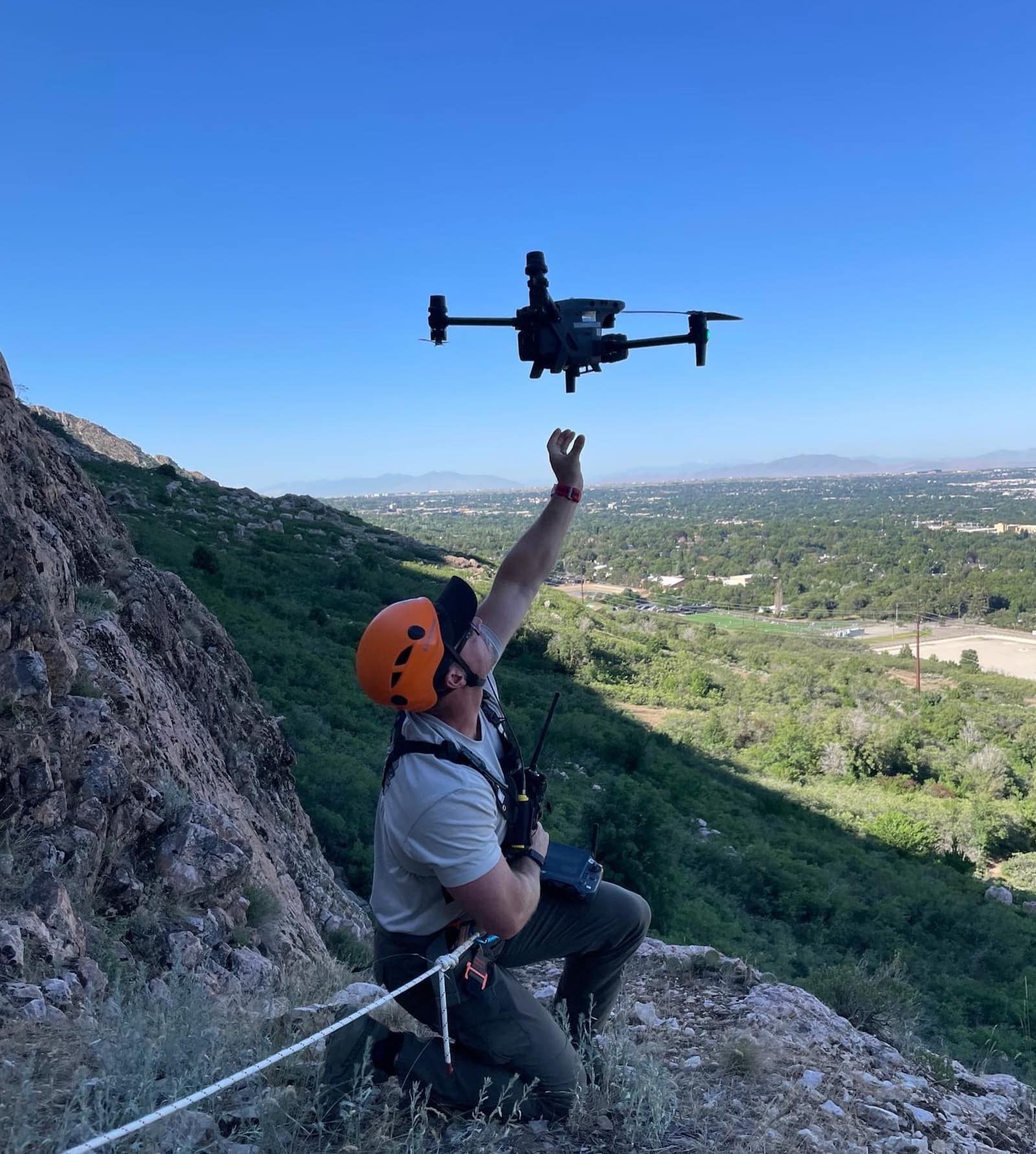DJI Calls For Evidence-Based Review As NDAA Deadline Threatens US Drone Access
The U.S. drone industry is facing a pivotal moment. DJI, the leading global drone manufacturer, is advocating for a balanced and transparent evaluation as a critical legislative deadline looms. This deep dive explores the ongoing situation, its significance, and what it means for drone enthusiasts, emergency responders, and business operators.
1. The Context: NDAA, Security Concerns, and a High-Stakes Clock
What is the NDAA, and why is DJI under scrutiny?
The National Defense Authorization Act (NDAA) for Fiscal Year 2025, enacted in December 2024, mandates a U.S. national security agency to evaluate by December 23, 2025, whether drones from Chinese companies such as DJI pose an “unacceptable risk to national security or the security and safety of U.S. persons.” If the review is not conducted by this date, DJI drones will automatically be added to the FCC’s Covered List, leading to an immediate halt on the sale, import, and potentially the use of new DJI drones in the U.S., not due to proven risk, but because of legislative default.
“Without a credible process, new DJI drones may be barred from the U.S. market—not over proven risk, but due to a lack of due process,” DJI stated.
2. What’s At Stake? Who’s Impacted If DJI Drones Are Banned?
- Businesses: Construction, surveying, agriculture, logistics, and mapping sectors rely heavily on DJI drones. A ban could disrupt operations, resulting in job losses and stifled innovation.
- First Responders & Public Safety: Police, firefighters, and search-and-rescue teams depend on DJI drones for critical missions. A ban might slow response times and increase costs, with no evident domestic substitute available.
- Hobbyists and Photographers: DJI drones are a standard for aerial photography and FPV flight. Hobbyists might experience reduced options, leading to increased prices.
- Tech Ecosystem: DJI’s technology not only features in its brand but is also incorporated into systems that utilize its components, spreading restrictions to encompass entities associated with technology sharing agreements.
- American Drone Industry: While some view this as an opportunity to boost local production, many warn that an abrupt change could damage American competitiveness globally.
3. The Security Debate: Myths, Realities, and the Push for Evidence
Why is DJI under scrutiny?
Concerns about DJI have been present since 2017. There are fears that DJI drones could transmit sensitive data to China or be misused for espionage due to potential ties with the Chinese government. Although some government-use bans exist, a comprehensive risk assessment has yet to be conducted on a national scale.
What does DJI say?
DJI insists its data protection and privacy measures are stringent and at the forefront of the industry. The company has invited audits and certifications for years and requested the initiation of the NDAA-mandated security audit in March 2025, yet received no reply. DJI remains open to a scientific, transparent review, stating,
“We believe our products will withstand scrutiny due to our real, robust, and industry-leading security measures.”
4. Why the Outcry About the Deadline?
The NDAA deadline is approaching in less than six months, yet no review has commenced. In July 2025, legislators urged the Office of the Director of National Intelligence to complete the assessment within just 30 days. DJI and observers claim such speed undermines the process’s credibility, highlighting that thorough technical reviews, including public commentary and agency coordination, usually take extensive time.
“A credible assessment demands time for evidence examination and meaningful opportunities for engagement and dialogue,” DJI emphasized, cautioning that a rushed review could lead to adverse repercussions for American drone users.
5. Automatic Ban Mechanism: What Happens If There’s No Review?
- No agency conducts, completes, or publishes a security review by December 23, 2025, leading to an automatic blacklist of DJI and possibly other Chinese drone products on the FCC Covered List as per the Secure Networks Act of 2019.
- New DJI products cannot be imported or sold, and existing models may become illegal if FCC certifications are revoked.
- Resellers and partners associated with DJI might also be affected by these restrictions.
This mechanism intends to counteract bureaucratic delays, yet in practice, it could result in a de facto ban on essential drones without proven issues.
6. Recent Developments Adding Complexity
- July 2025: The Commerce Department initiated a Section 232 investigation into drone imports, scrutinizing supply-chain dependencies and potential foreign data exposure, which may lead to tariffs or procurement bans independent of the NDAA process.
- State & Local Rules: Some states are already moving to restrict public funds for non-NDAA-compliant drones before a final federal decision is made.
- Previous Attempts: Prior legislative efforts like the “Countering CCP Drones Act” sought direct bans, while the NDAA offers a review process, albeit one fraught with the risk of an unintended ban by default.
7. DJI’s Core Arguments for an Evidence-Based Review
- Due Process: Crucial decisions should rely on evidence and a transparent analysis, not rushed timelines or geopolitical tensions.
- Innovation & Public Safety: Banning DJI without evidence threatens to hinder innovation and compromise public safety.
- History of Cooperation: DJI highlights its compliance with international standards and security audits, showcasing its readiness for good-faith engagement.
- Open Dialogue: The company invites regulators, experts, and the public to examine their technology.
8. Expert Opinions & Industry Voices
- Industry advocates caution that there are currently no domestic drones matching DJI’s scale, capability, or cost, affecting civilian and enterprise use.
- Public safety leaders have testified to DJI drones saving lives and budgets, advocating for a considered approach.
- Business owners express concerns over costs and project disruptions if forced to change platforms.
A Californian drone operator summarized: “Removing DJI without a plan doesn’t just harm businesses—it makes the skies less safe.”
9. Practical Guidance: What Should Drone Operators, Businesses, and Hobbyists Do?
- Stay Informed: Follow updates on the NDAA and drone import regulations.
- Diversify If Possible: Test NDAA-compliant (often “Blue UAS”) alternatives despite potential feature gaps.
- Document Investments: Keep records of drones, certifications, and procedures to meet regulatory requirements if necessary.
- Engage in the Process: Participate in the Commerce Department’s investigation through public comments.
- Avoid Panic: Current DJI drones still in use are not immediately banned, though future purchases might be jeopardized if the ban proceeds.
10. Human Side: DJI’s Response, Community Stories, and What Lies Ahead
DJI’s Approach
DJI is actively engaging U.S. agencies, requesting direct discussions and security audits. Internally, DJI shares stories of working with rescue teams and contributing to Hollywood films, emphasizing the human impact of its technology.
Industry, Memes, and Moments
- Reddit and YouTube are awash with memes about stockpiling DJI drones, comparing potential shortages to video game console launches.
- Cultural references abound, from popular movies to viral stories showcasing the educational benefits of DJI technology.
The Big Question
As the deadline nears, the choice between rigorous review and bureaucratic default will define the future of drones in the U.S.
If you’re invested in drones—be it for business, personal interest, or societal good—this is a crucial time to stay informed, voice your concerns, and prepare.
Key Takeaways
- NDAA 2025 sets the stage for a possible automatic U.S. ban on DJI without a security review by December 23, 2025.
- DJI and industry stakeholders call for a transparent, evidence-based review rather than a rushed decision.
- The impact spans across businesses, emergency services, and enthusiasts, with lasting implications.
- Engagement from users, experts, and the public is essential as America’s drone future takes shape.
“The best way to predict the future is to invent it, and in this case, to safeguard it with facts, fairness, and optimism.”













